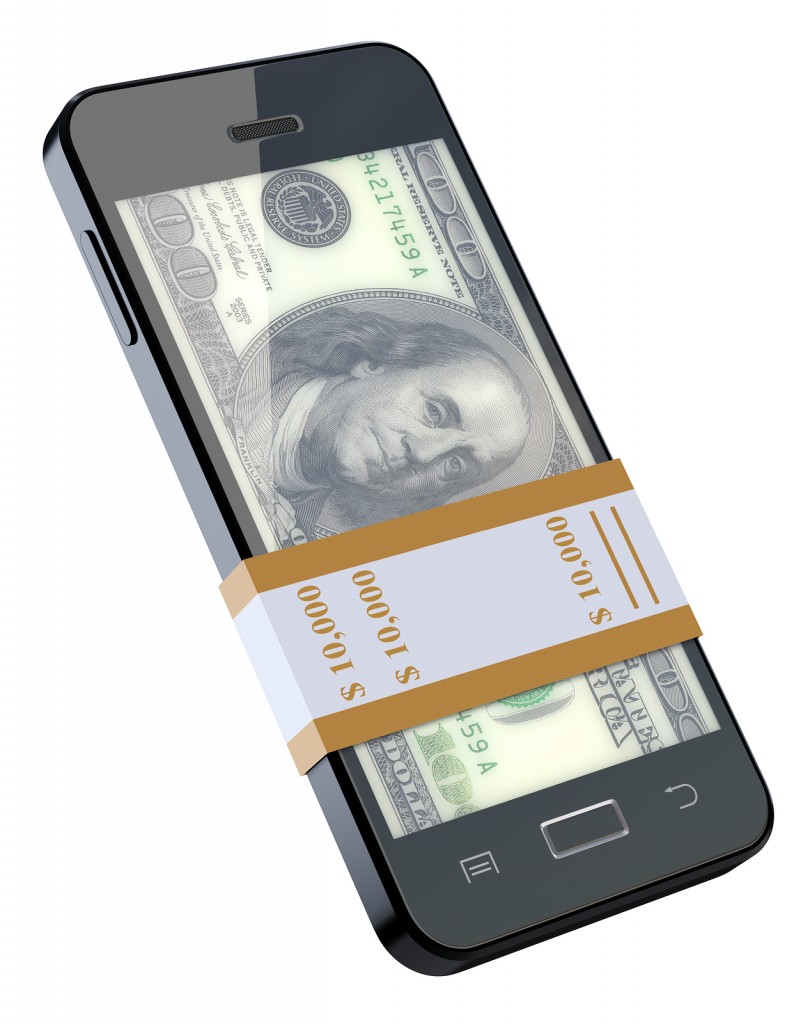Denny |
September 2, 2013
Study highlights mobile commerce prospects in the US
Leading analytics and market research firm comScore has released a new study concerning mobile commerce sales in the U.S. The study suggests that mobile commerce is making strong progress in the U.S. over sales recorded in 2012. Consumers seem to be showing a great deal of interest in mobile payments because of the convenience that they represent. This interest is being stoked by retailers that are adopting mobile commerce systems. More of these systems have also been showing up throughout the country, providing consumers with a variety of options when it comes to mobile shopping.
$10 billion in sales surpassed during first half of 2012
According to the study, mobile commerce sales in the U.S. could reach $25 billion by the end of this year. Sales have already surpassed $10 billion during the first half of the year and the momentum mobile commerce has generated has yet to show signs of dissipating in the near future. comScore notes that mobile commerce sales reached approximately $20 billion by the end of 2012.
 Smartphones account for majority of sales
Smartphones account for majority of sales
The study shows that smartphones still account for the lion’s share of mobile payments. More money was spent by tablet users on a per user basis, however. Many consumers have expressed their favor for tablets in for mobile shopping over smartphones. This may be due to the fact that tablets feature larger screens that make it easier to navigate the shopping experience.
NFC dependence limits mobile commerce adoption
The U.S. is quickly establishing itself as a major mobile commerce market. Unfortunately, most mobile commerce services are still based on NFC technology, meaning that only NFC-enabled devices can make use of these services. NFC-enabled devices are still relatively rare in the U.S., limiting the number of people that can participate in mobile commerce. Moreover, no single mobile commerce service has yet managed to establish a major following among U.S. consumers.
The strategy was used to help to provide the wireless powering of the tags.
Although when the majority of people who have heard of NFC technology think of it in terms of advertising and mobile payments, as well as pairing smartphones to other devices, it has now been made possible to use this tech for wireless powering of an E-ink display.
A team of students and researchers came together in order to create this unique high tech tag.
The team was made up of individuals from the University of Washington, the University of Massachusetts Amherst, and Intel Labs. It created the NFC-WISP E-Ink Display Tag, which is based on NFC technology as well as a low power E-ink panel so that Android smartphones can transfer data (both sending and receiving) as well as power without the need for any cables or wires.
The NFC technology achieves this goal through the use of inductive coupling.
By applying NFC technology in that way, it can provide power by way of otherwise passive tags. The E-ink display can then take advantage of this capability through the use of a microchip that provides wireless power harnessing and a 1mAh battery. As one can expect, the initial form of this tech doesn’t provide a tremendous amount of power, but it remains very promising for the future.
The current use of NFC technology for power transfer doesn’t provide a huge amount of power but it was capable of offering enough that it could power a 2.7 inch display with enough stored energy that it could be used to cycle through images, even when it was not actually paired with the smartphone.
As of yet, using NFC technology for that purpose is relatively useless other than considering it a way to provide power to a secondary smartphone display, but it does hold some potential for the future development of power transfer tech. The E-ink screen could end up becoming popular for things such as maps and directions and shopping lists without having to draw on your limited battery power from the power-pig of a smartphone screen. The device’s 0.5MB of memory can hold an estimated 20 images.
 Smartphones account for majority of sales
Smartphones account for majority of sales
